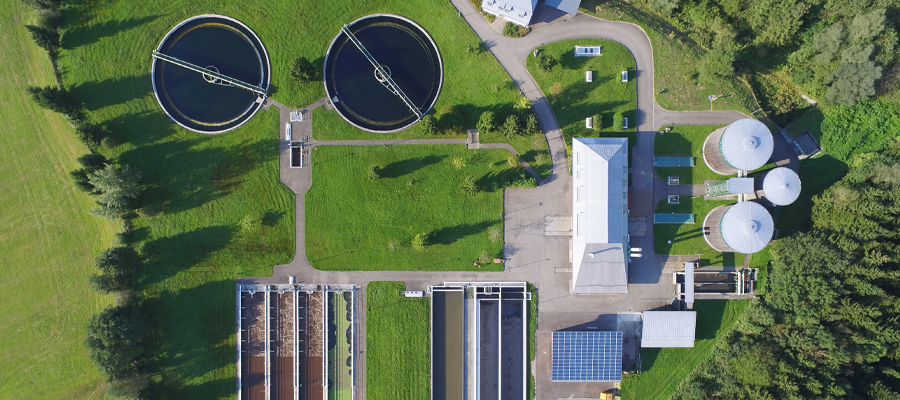Wastewater Disposal: The Best Way to Dispose of Large Quantities

For chemical, pharmaceutical, metallurgic, and other related industries, proper wastewater treatment is of utmost importance in order to dispose of large quantities of wastewater. Anyone who works in the wastewater industry knows that the treatment and disposal of wastewater is no small task. How is wastewater treated and what are the options for disposing of treated wastewater? Let’s explore the best practices for wastewater disposal, starting with the treatment process.
Treatment Process for Wastewater
Before wastewater can be disposed of, it must undergo thorough treatment. This is true for any type of wastewater, including water supplies used in residential, commercial, and industrial settings. When wastewater is collected via sewers, it is delivered to plants for treatment and disposal. The treatment process can look very different depending on the industry, but the two basic stages include primary and secondary treatments. These two stages may even be combined into a single operation.
Primary treatment involves removing solids from the wastewater. As the wastewater arrives at the treatment facility, it passes through a screen that catches any large items floating in the water. Next, the water travels through a grit chamber, where gravel and other small stones settle to the bottom. Finally, once the grit has been removed, the smaller organic and inorganic matter left in the wastewater will be removed in a sedimentation tank.
Since primary treatment alone is not adequate, the wastewater will also undergo a secondary treatment that is utilizes biological processes to purify the water. In this secondary treatment stage, the trickling filter and activated sludge processes remove nearly 85% of the organic matter using leftover bacteria in the wastewater. By the end of the secondary treatment, wastewater is disinfected and ready for disposal.
Disposal Options for Large Quantities of Wastewater
Where does the water go once it has been treated? That depends on the type of wastewater and treatment facility. Typically, there are three types of methods for disposing of wastewatereffluent. These methods include subsurface discharge, water reuse, and discharge to surface waters.
Surface water disposal, such as discharge of water into local ponds, rivers, or lakes, is strictly prohibited by federal, state, and local regulations. However, the National Pollutant Discharge Elimination System (NPDES) provides permits that allow for surface water disposal of treated wastewater. The NPDES has specific guidelines for wastewater discharge, including reporting requirements and other regulations that prevent contaminating water quality.
Subsurface discharge is exactly how it sounds - wastewater is disposed of underground. This method involves discharging septic tank effluent through leach field pipes that lead wastewater from the tank to the soil. Once the wastewater exits the leach field pipes, it will be absorbed by the soil and broken down by natural bacteria.
Water reuse is the process of reclaiming or recycling wastewater to be used in other beneficial applications, such as agricultural and landscape irrigation or replenishing ground water. Recycled water used for these purposes often requires less treatment than water that is recycled for drinking water, and the small amount of leftover pollutants in the wastewater are harmlessly assimilated into the soil structure. Water reuse is a cost effective and environmentally conscious way to repurpose treated wastewater.
Wastewater Disposal Solutions
At Lechler, we understand the importance of keeping water safe by using the best treatment and disposal techniques for large quantities of wastewater. The wastewater industry is continuing to advance and Lechler is on the frontlines of creating durable products that meet specific industry needs. Learn more about our special products designed to change the face of the wastewater treatment industry.